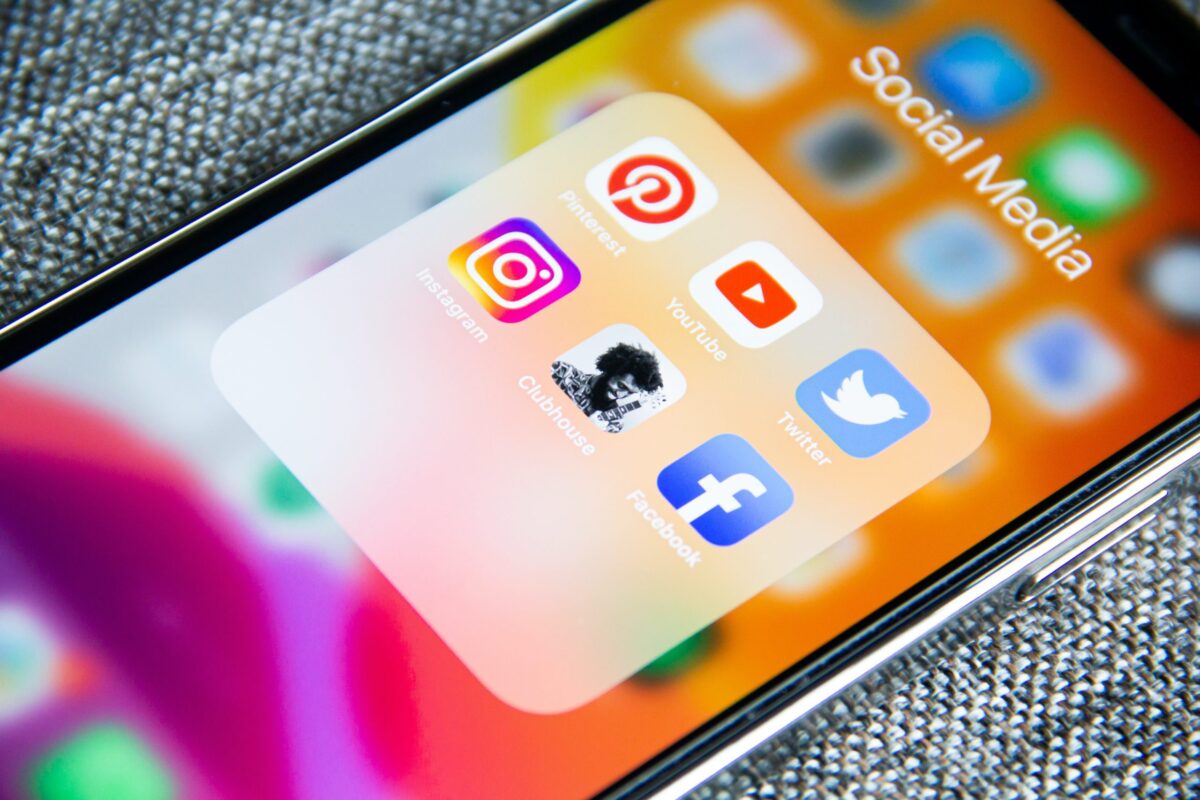No products in the cart.

Two B2B sales models have emerged over the last decade or so, without most of us knowing it. In 2022, that divergence will become clearer. Both have their place, and each can be mis-applied.
One is “Divide and Optimize”, ably described in best-selling Predictable Revenue. Here, your selling process — emphasis on “selling”– is divided into subprocesses/components, and specialized job roles are optimized for efficiency and effectiveness.
- Sales development & business development reps secure appointments for demo specialists/account executives, who close, relaying to customer success or account manager/farmers.
- This model increasingly has a seller-centric feel, and various manipulations, especially discounting, get used – often in vain — to shorten sales cycles.
Second is a “Trusted Expert” model, emphasizing “buying process”. Goal: deeply understand each customer’s world & situation, then co-create desirable outcomes. Specialist roles are used extensively, but in service of enhancing the customer journey, not selling process efficiency.
- Business acumen is key. Sellers must follow up compelling datapoints with insightful business discussions.
- Content is customer focused, and outcome-heavy. “Discovery” and “mutual fit” are emphasized over “qualification”. Demonstrations are shorter, focused on areas of customer-confirmed interest.
Buyer Research Points to Which Model Fits…and When
Research shows that buyers are increasingly willing to engage salespeople earlier — sometimes much earlier — in their buying journey when the decision is:
- New to me or my organization, particularly when the solution is innovative,
- Risky to me or my organization. For instance: implementation, vendor, change management, executive visibility, strategic and other risks.
The vertical axis in the diagram represents increasing “willingness to engage” as you go up. “Willing to” is key. Sellers still need to rise to the occasion. Customers don’t suffer fools or time wasters.
When to Choose the Divide and Optimize Model –and When Not To.
Lower down, customers feel self-sufficient. They may have recently bought this type of product or service, and have well-developed buying criteria. SDRs and BDRs are well-suited to uncover a customer’s known pain & gain points, and quickly move the sale to demos & evaluating [repetitive/consistent] decision criteria. Conversely, few SDR/BDR organizations are able to cause a “trigger event” – that is, create dissatisfaction with the status quo. Fewer still can conduct meaningful business conversations.
The obvious conclusion: the more confident a customer is in their decision-making, the better Divide and Optimize fits the situation.
Contacting high-willingness buyers with low-acumen SDRs? You risk allowing a more trusted competitor to guide those prospects through their journey. Do you really want to re-engage near the end and compete based on the other guy’s features and your price?
When to Implement the Trusted Advisor Model
When the customer is under-experienced, and/or risk averse, the trusted expert model becomes the best fit. Sellers with business acumen, who build value — who are the value — earn “valued consultant” status. Ideally, buyers and sellers co-create a shared future; they act like they’re already doing business together.
Success in the trusted expert model requires that sellers establish credibility from the first contact (today’s typical SDR or BDR can’t deliver the expertise a customer would welcome). With credibility established, they are given liberty to help expand customer’s perception of outcomes or modify buying criteria.
Important: sometimes, an “low-willingness” prospect can change perceptions when a credible, collaborative, trusted expert opens their eyes to new possibilities. This textbook application of “challenging/perspective/insight selling” thrives with seller credibility; but without credibility, it backfires into “the annoying know-it-all sale”. There’s an art to building enough credibility with these prospects that you have “permission to enlighten”.
Choose the Best Match For Your Customer, Not on “Availability of Automation Tools”.
The Divide and Optimize model is about selling process efficiency, and a majority of current Martech solutions (8000+ and counting) serve well here. Many tools optimize your sellers quantity of:
- Questions asked,
- Seconds of listening vs. seconds of talking,
- ..and streamline quantity of calls, texts, tweets, posts, video messages, emails spewed…
However, little current sales automation measures quality of:
- Business insights offered (although big data is starting to be applied here)
- Credibility built,
- Questions to expand the customer’s concept of their problems or future
- Number of additional “natural ally” buying influencers are added to the decision team
- Business outcomes identified and quantified
- Personal outcomes identified.
We’re Starting to Automate the Trusted Advisor Model: a Huge Step Forward.
Some big data tools now quickly synthesize data for trusted advisors, enabling genuine consultants to add value with clients…It’s becoming possible to know more about key parts of your customer’s business than they do.
There are also great value quantification tools, which help solidify value in a customer’s mind, minimizing price objections.
Business acumen (hired or developed) is a priority with trusted advisor organizations. Options used to be full-on MBA educations for sellers (at least one major enterprise software company opts for this) or dissatisfying “how to interpret financial statements”, or “SWOT analysis” tools. Training and tools in between those are becoming available.
Let Your Customer’s Situation Choose Your Selling Model.
Follow the research: asses at your customer’s typical buying situation. Figure out if buying from you is novel and/or risky for your customer. Or, make it easy: ask me for my customer willingness assessment tool.
In 2022, if your company sells to high-willingness buyers…or want to…and you currently use a Divide and Optimize approach, you might want to switch models. Heck, if every competitor in a Trusted Advisor market uses Divide and Optimize, there is a market opportunity for the first mover. Be aware, though: execution requires investing in your people, their business acumen, and the types of content you generate, not your tech stack.
When you do, you’ll find that improves your pricing integrity – and profits, informs better marketing, and sharpens your product strategy. I’m happy to help you figure out how to do it in your world, using your language. You can get started by reading my book. ..or contact me.
To your Success!














 3. Customize the call to action button
3. Customize the call to action button














